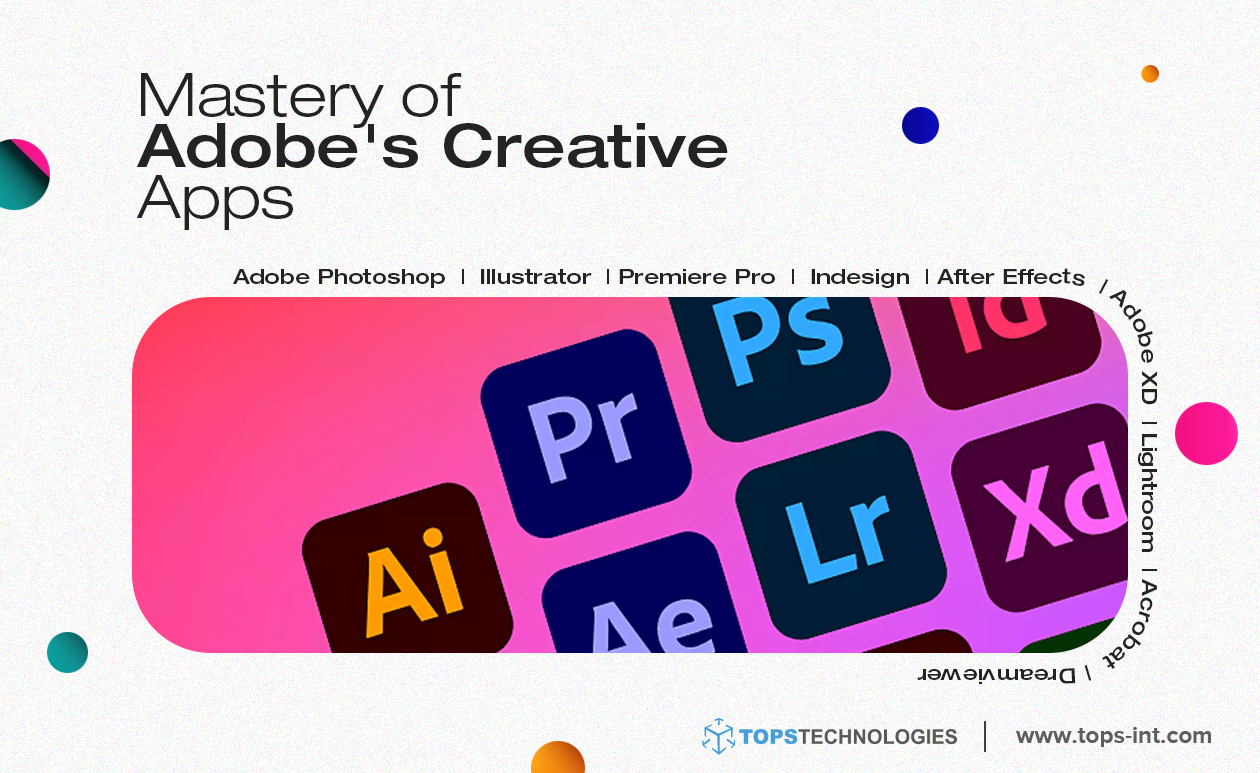Technical Skills:



Collaboration Skills: Practice effective communication and teamwork. Be open to feedback and willing to collaborate with team members to achieve common goals.
Emotional Intelligence: Develop the ability to manage emotions effectively, resolve conflicts, and build positive relationships with colleagues and clients.
Communication Skills: Hone your communication skills to express ideas clearly and concisely to clients and team members. Be able to articulate your design decisions and listen actively to feedback.
Time Management: Master time management skills to meet project deadlines and handle multiple tasks efficiently.
Creativity: Cultivate your creativity by staying updated on design trends and experimenting with new ideas and techniques.
Storytelling: Learn to tell compelling stories through your designs, especially when working on branding projects. Understand how to connect with target audiences and convey brand messages effectively.
Take Classes: Enroll in courses or workshops to learn new skills and techniques. Platforms like Canva Design School, Udemy, and LinkedIn Learning offer a wide range of Graphic Design Courses.
Read Graphic Design Books: Explore books on typography, branding, and design principles to deepen your understanding of the craft. Books like "Thinking with Type" and "Designing Brand Identity" are excellent resources.
Find a Design Mentor: Seek guidance from experienced designers who can provide valuable insights and advice. Contact industry professionals via social media or join design communities to connect with mentors.
Create Self-Initiated Projects: Dedicate time to personal projects that allow you to explore your creativity and develop your own design style. Focus on areas of design that interest you the most.
Ask for Feedback: Solicit feedback from peers, mentors, and online communities to gain different perspectives on your work. Use constructive criticism to improve your designs and refine your skills.
Showcase your best work in a professional portfolio that highlights your skills and creativity. Tailor your portfolio to the design work you're passionate about and want to pursue.
By continually honing your technical skills, fostering your soft skills, and seeking opportunities for growth and improvement, you'll be well-prepared to succeed as a graphic designer or visual designer. Good luck on your exciting journey!
With a blend of technical prowess and soft skills, you're poised for success in graphic design. Keep refining your craft, embracing creativity, and seeking feedback. Your journey promises exciting growth and opportunities.
For those aiming to stay at the pinnacle of design adaptability, choosing the right educational pathway is crucial.
In the quest for premier design education, TOPS Technologies has emerged as a beacon of excellence. Boasting 15 years in the IT Training & Placement Industry, they've made a significant mark.
Their impressive track record speaks for itself:
TOPS Technologies provides a Graphic Design Course with Placement, ensuring not just education but also a pathway to professional success.
What are the foundational skills every graphic designer should possess?
A basic understanding of color theory, typography, layout design, and knowledge of design software are fundamental.
How important is it for a graphic designer to be adept at digital tools?
In the digital age, proficiency in tools like Adobe's Creative Suite or Sketch is almost as important as creative instinct.
Is coding a necessary skill for graphic designers?
While not mandatory, understanding the basics of coding, especially for web design, can give a designer a competitive edge.
How can one keep updated with the latest graphic design trends?
Regularly following design blogs, attending workshops, and taking courses, like those at TOPS Technologies, can help.
Does adaptability in design only pertain to skills?
No, adaptability in design encompasses staying updated with trends, tools, and also the evolving preferences and needs of clients and audiences.